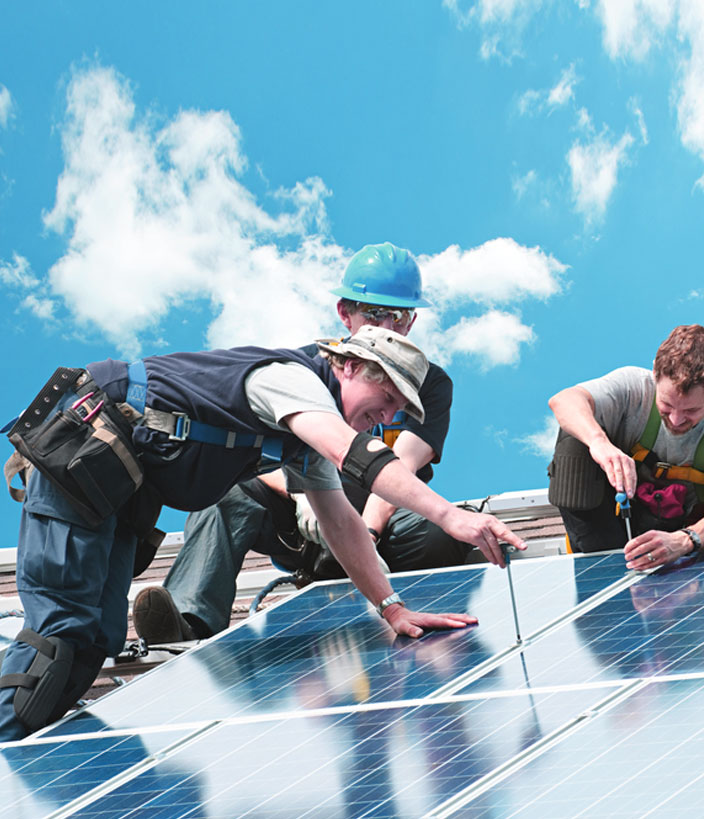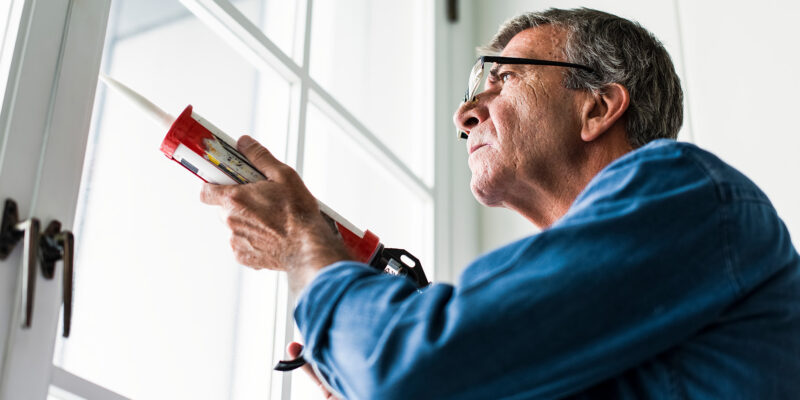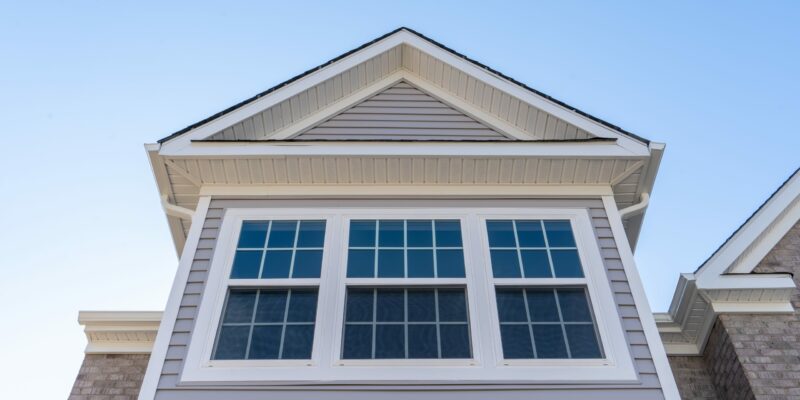
How Do the Products of Chemistry Help Save Energy?
Nearly every energy-efficient technology or product, and even the packaging that protects and ships products, is dependent on innovations in chemistry – from lithium-ion batteries in laptops, mobile phones and the next generation of electric cars; to high-tech insulation in buildings; to strong yet lightweight plastic packaging that allows more to be shipped with less weight, saving fuel.
Of all the energy used in the United States, nearly one-third is consumed by the buildings sector. Building and construction products and materials made possible by chemistry can enable significant energy savings:
- A one-year study found that use of plastic building and construction materials saved 467.2 trillion Btu of energy over alternative construction materials – enough energy saved over the course of a year to meet the average annual energy needs of 4.6 million U.S. households.
- In addition, future savings may be significant. A report by the International Council of Chemical Associations finds that increased adoption of new energy-efficient building products – made possible by innovations in chemistry – could lead to a 41 percent reduction in energy use and a 70 percent reduction in greenhouse gas emissions by 2050.
Examples of building products made with chemistry that promote the efficient use of energy and other resources include:

- Plastic insulation can be found throughout a building. Polystyrene and polyurethane are typical forms of panel insulation. Polyurethane spray foam insulation can be used throughout the house, and also for smaller jobs, filling difficult-to-seal gaps and holes to reduce air leaks, which can help lower energy bills. Plastic house wrap can reduce infiltration of outside air into the average home by 10 to 50 percent, helping to reduce the energy required to heat or cool the home.
- Window panes made from clear, lightweight, shatter-resistant polycarbonate plastic have low thermal conductivity, which can help to reduce heating and cooling costs. Vinyl window frames are inherently energy efficient and save the U.S. nearly 2 trillion thermal units of energy per year, helping reduce the greenhouse gas emissions associated with energy generation—all the while cutting maintenance time, materials and costs.

- Reflective light colored roofing membranes made of vinyl or thermoplastic olefin blends are key energy saving applications. Just changing roof color from dark to light can be a simple way to slow heat absorption in warm climates, reducing summer air conditioning costs.
- Vinyl wall coverings are commonly used for durable, easy-to-clean hospitality and health care facilities. Vinyl requires only half as much energy to manufacture as the same amount of paper wall coverings.
Benefits of Lightweighting
The use of plastics in cars, from windshields to side panels to drive shafts, helps create lighter, more fuel-efficient vehicles. Plastic auto parts now make up 50 percent of the volume of today’s new cars, dramatically reducing vehicle weight – which means less fuel is needed and cars get better gas mileage.
Plastic packaging is an essential part of modern life —protecting and preserving goods during shipping and on store shelves. Plastics are often a more efficient packaging material because they are incredibly energy efficient to manufacture and they are almost always lighter – and sometimes significantly so – than alternative materials. For example, plastic jars can use up to approximately 90 percent less material by weight than their glass counterparts. Lightweight shipping means less fuel – and plastics deliver in more ways than one – even shipping pallets and protective, flexible film overwrap can be made of plastic.
